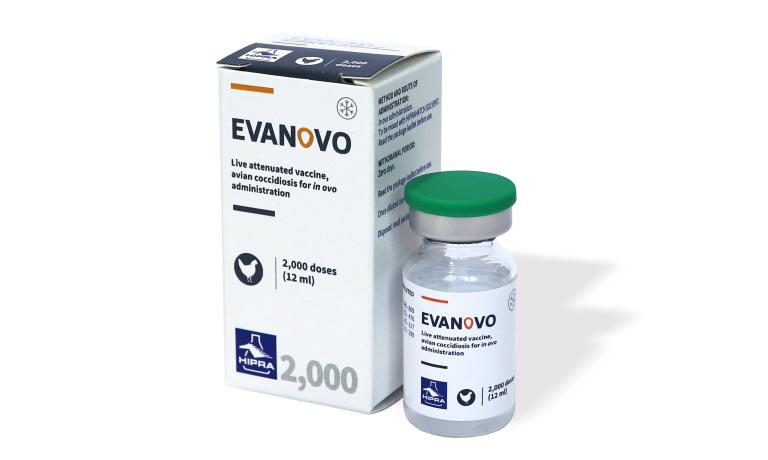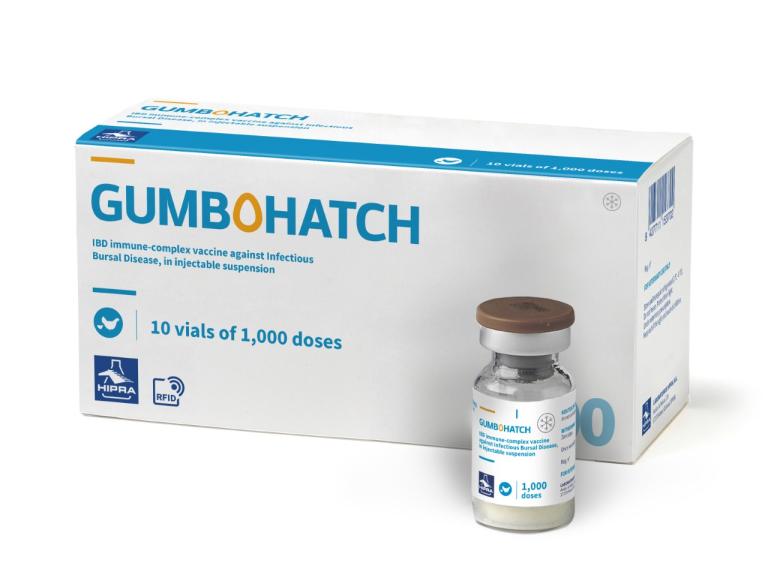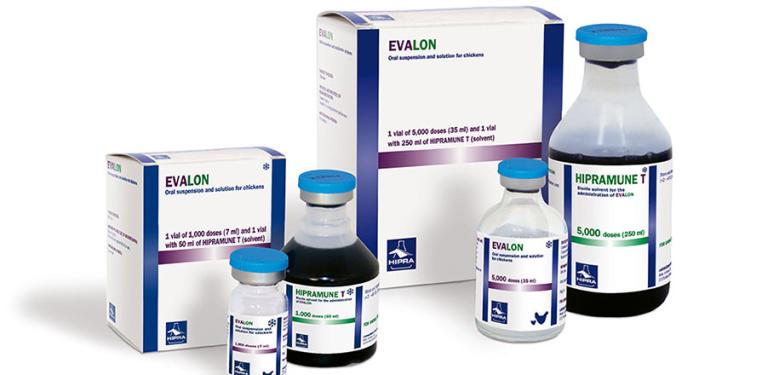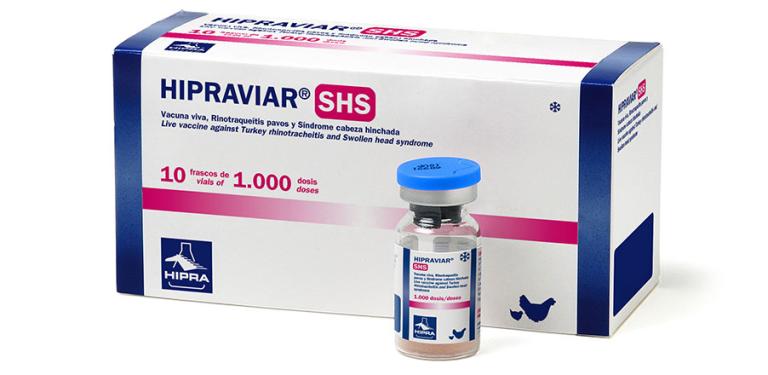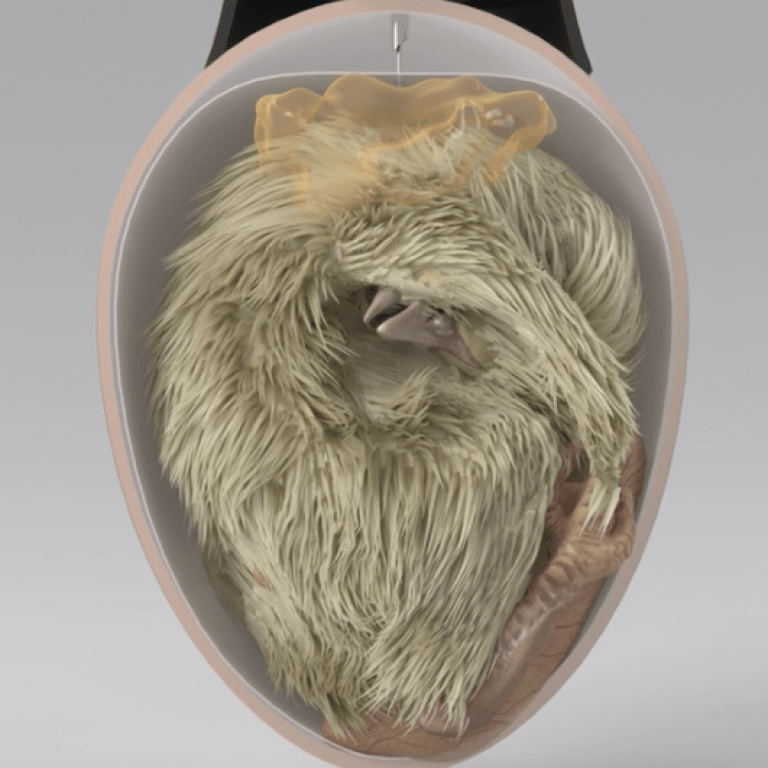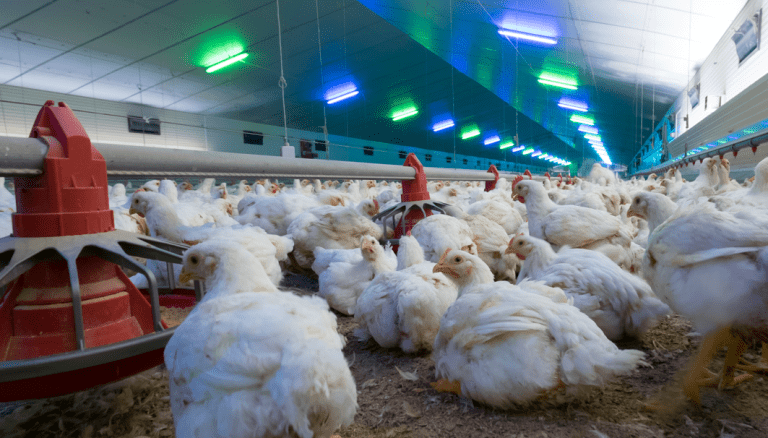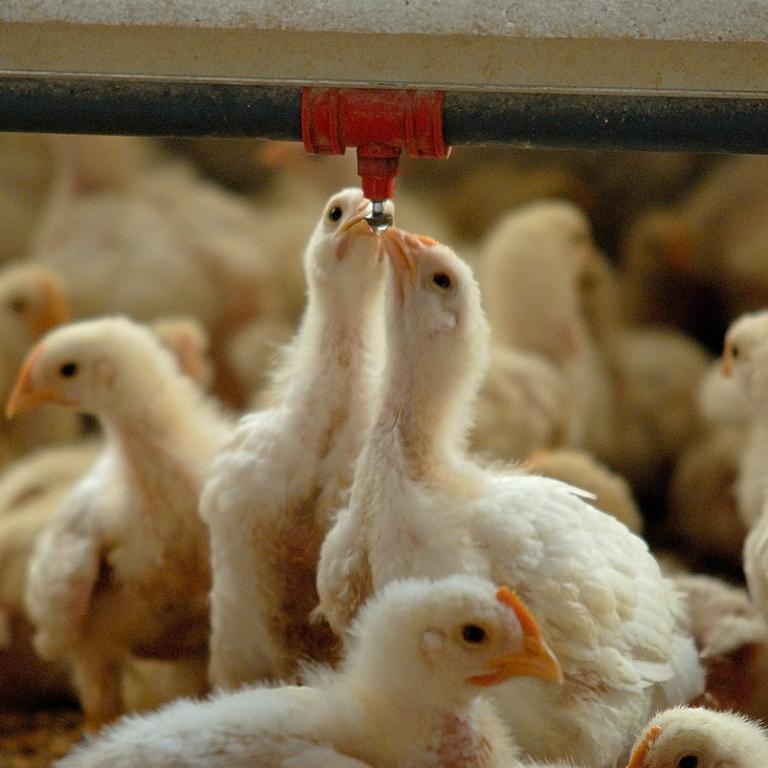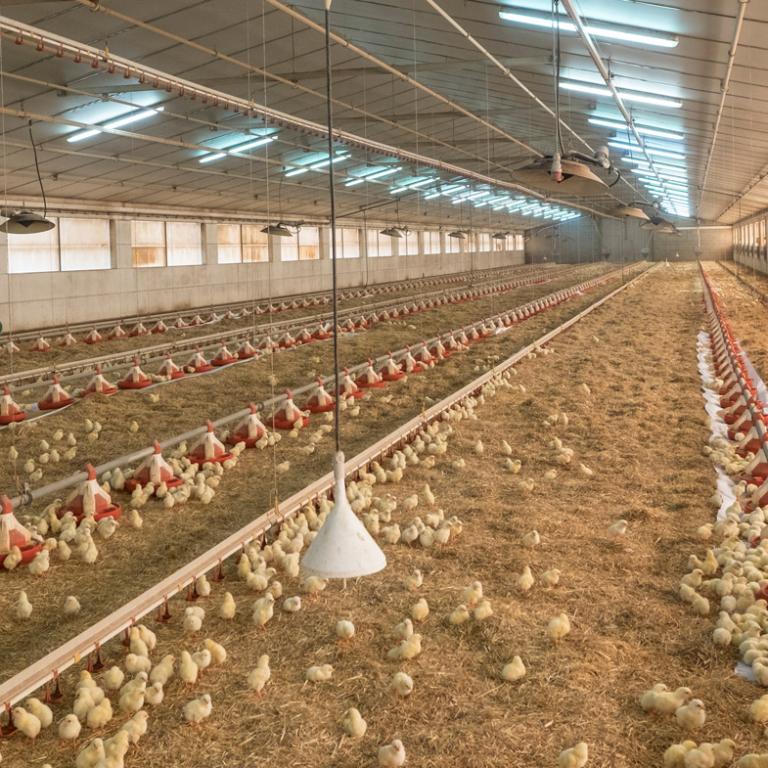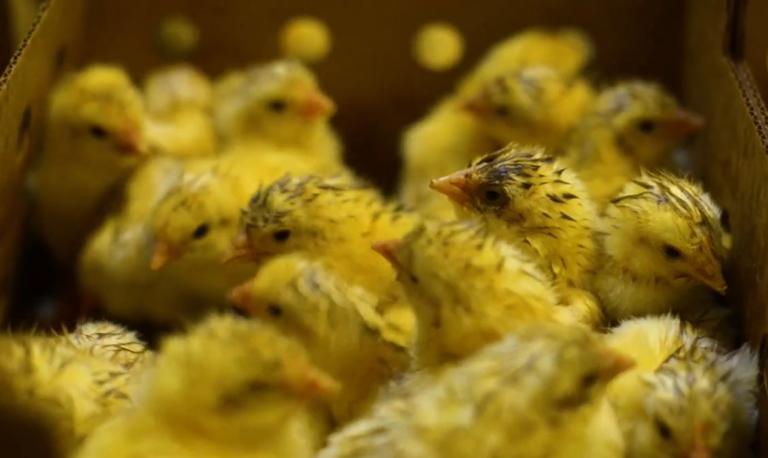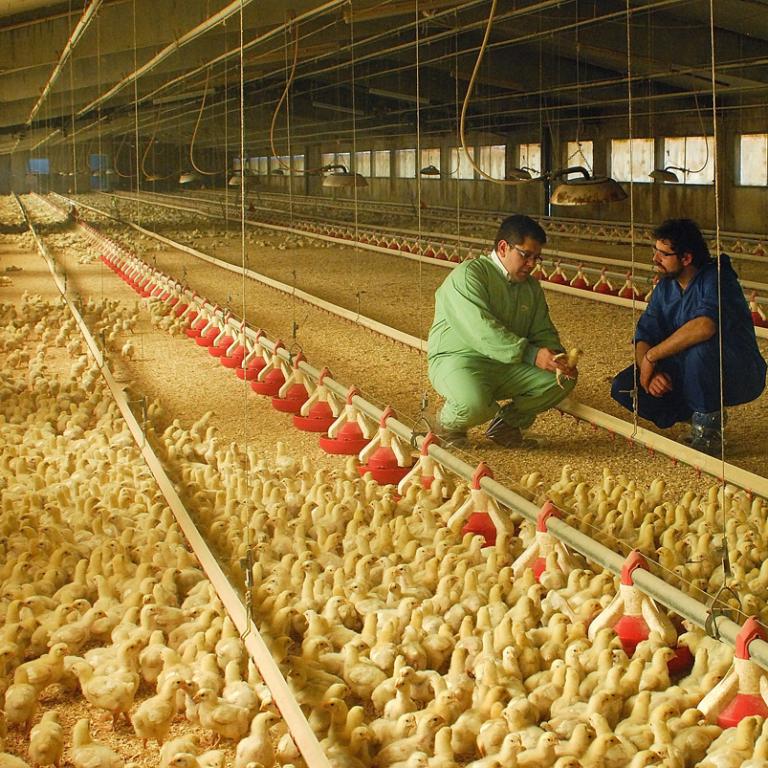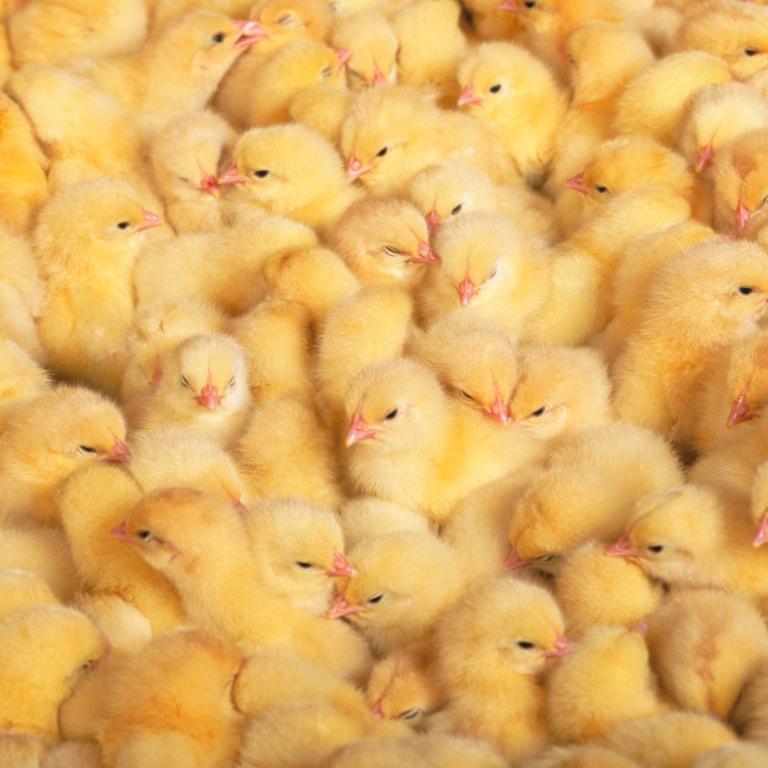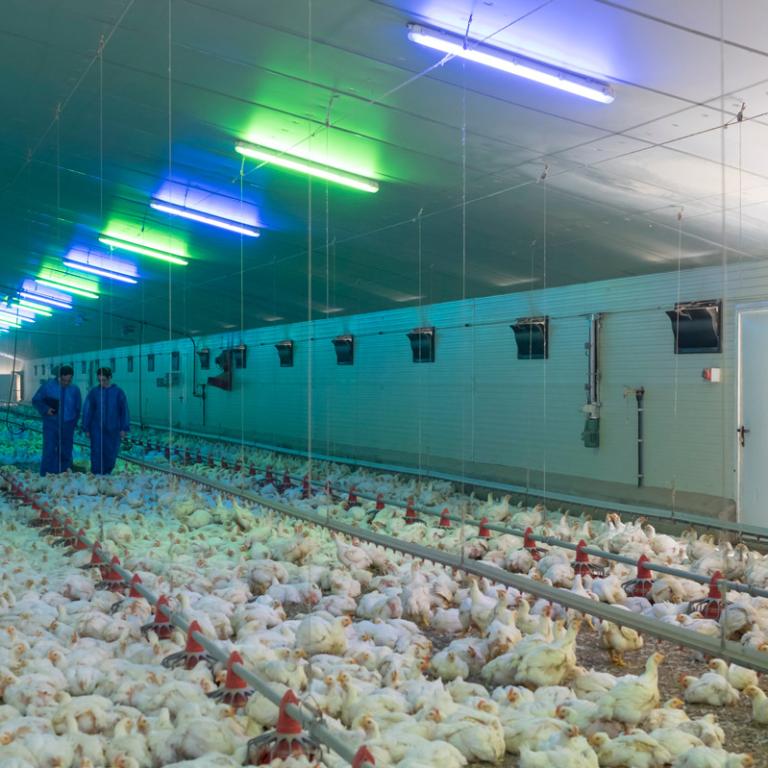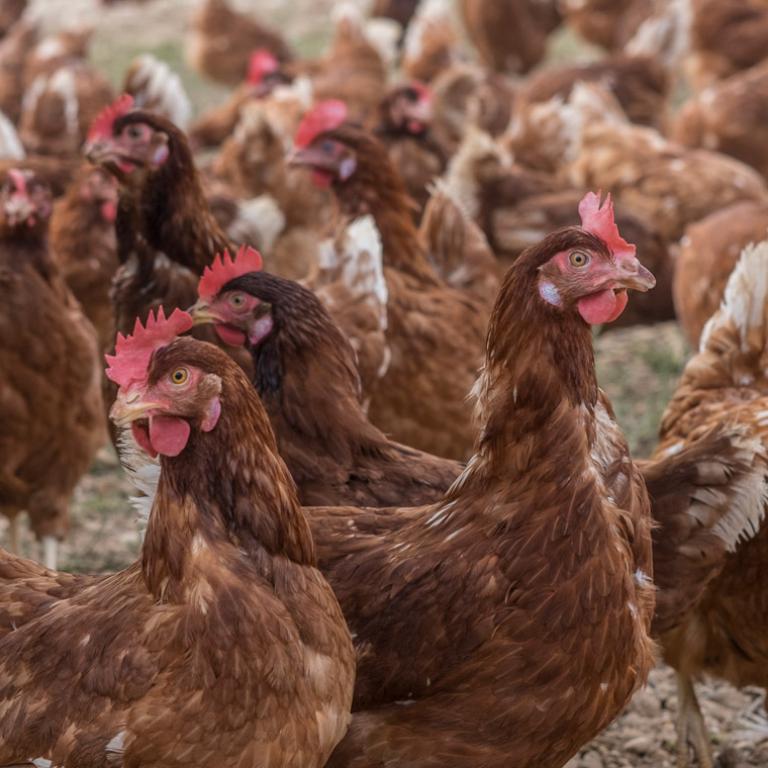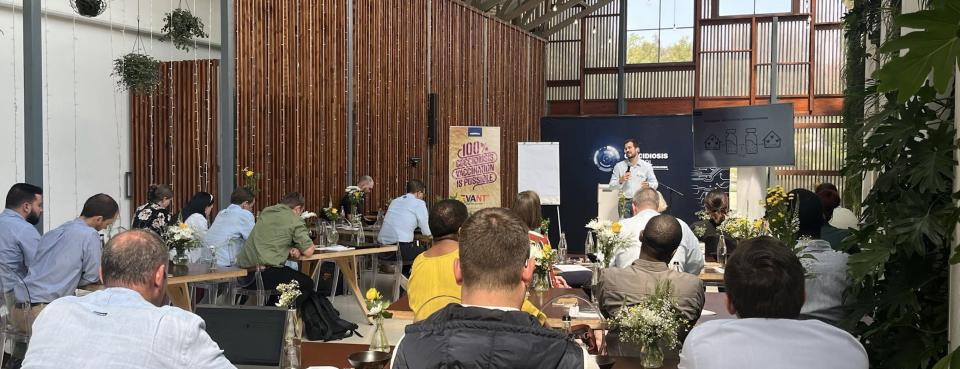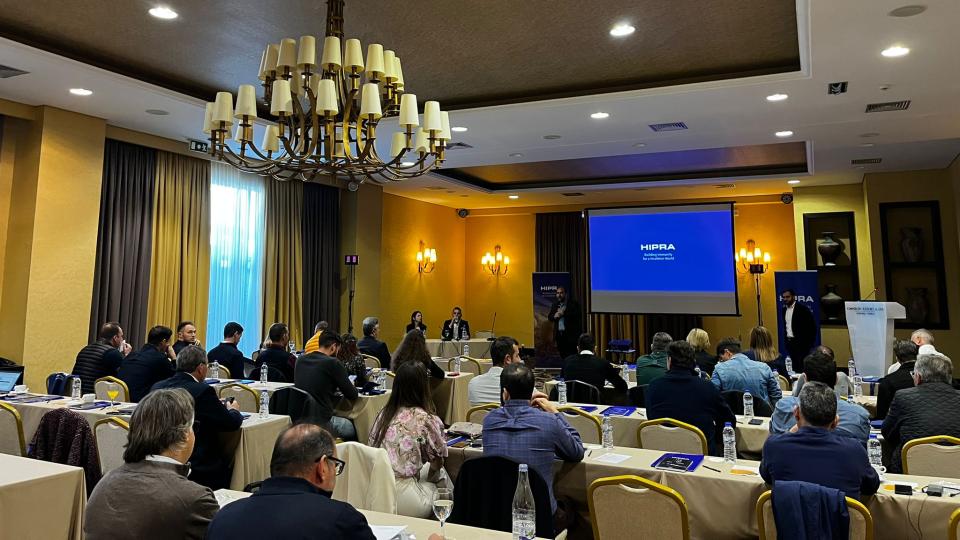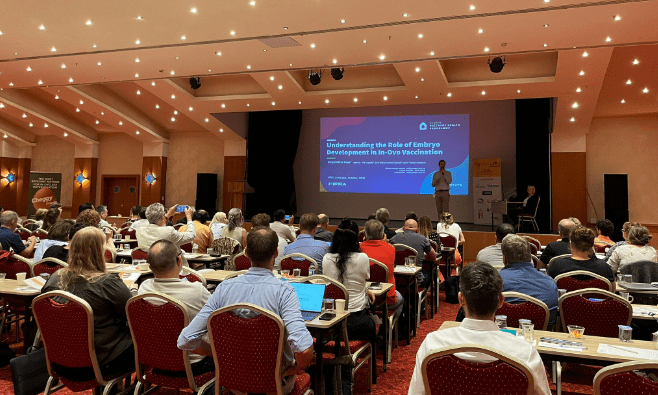Salmonella, how and where did it all start?
Bacteria of the genus Salmonella have historically been recognised for the food poisoning problems that they cause in humans. These bacteria are generally transmitted via the food that we eat, one of the most prevalent sources being poultry products for which hygiene measures have been lacking during their production, processing and handling.
During the course of history, there has been clear evidence of the association of sickness with the ingestion of food, such as in the “cocoliztli’’ epidemic suffered in Mexico between 1545 and 1550, where Salmonella enterica Paratyphi C has recently been isolated from numerous fossilised remains of the victims.

The beginnings of salmonella in the laboratory
The beginnings of salmonella in the laboratory date back to 1879, when Dr. Karl Joseph Eberth, a German bacteriologist, isolated bacilli from the abdominal lymph nodes and spleen that were the causative agents of typhoid fever. However, it was only in 1900, in honour of Dr. Daniel Elmer Salmon, a veterinary pathologist, that Dr.
Joseph Leon Lignières gave a name to the bacterium after it had been classified - although it was actually Salmon’s assistant, Dr. Theobald Smith, who initially discovered the microorganism in 1885 when it was isolated from pigs supposedly infected with cholera.
This microorganism is of particular veterinary interest, as not only is it able to cause serious diseases in poultry, such as fowl typhoid (Salmonella gallinarum) or Pullorum disease (Salmonella pullorum), but also in humans, Salmonella enteritidis and Salmonella typhimurium being a particular global health concern.



